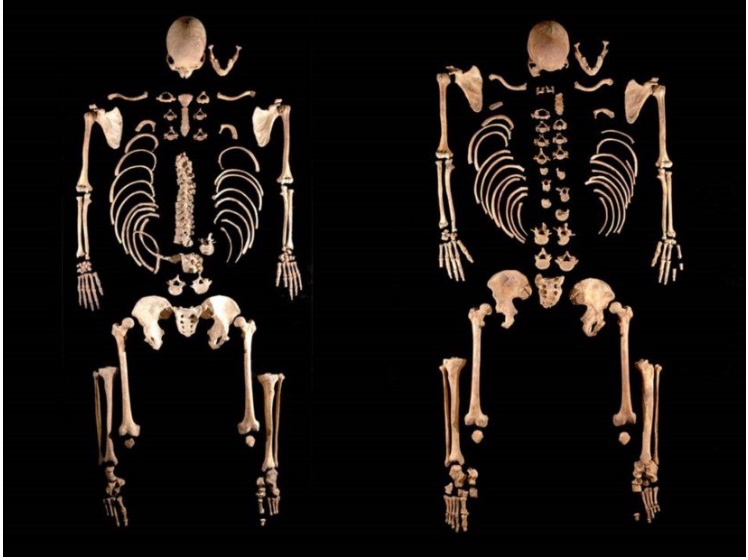An international team, which includes Pedro Soares, from the Center for Molecular and Environmental Biology (CBMA) of the University of Minho, published this Thursday an unprecedented study in the magazine “Science”, about the genetic history of the populations of the Iberian Peninsula in the last 8000 years.
The Iberian region is now probably the best characterized in the world in terms of ancient human DNA, that is, obtained through archaeological samples. The work, led by Harvard Medical School (USA) and the Institute of Evolutionary Biology (Spain), also has, among the 111 authors, scientists from Germany, United Kingdom, Portugal and Spain.
The article contextualizes how the Iberian community has changed since it was a hunter-gatherer to the present day, including the genetic flow corresponding to the arrival of agriculture 7500 years ago and genetic exchanges with North Africa since 4000 years ago.
However, the most relevant fact was the detection of the strong migratory flow in the early Bronze Age (4500 years ago) from the Russian and Ukrainian steppes.
“The pattern of these migrants represented at the time around 40% of the genetic profile of Iberia and practically 100% of the male lineages in the territory. This suggests that those migrants were mainly male and, in some way, replaced the local men”, explains Pedro Soares, in a statement from the University of Minho.
In all, 403 ancient genomes of inhabitants who lived in the Iberian Peninsula between 6000 BC and 1600 AD were analyzed, of which 271 had never been published until now.
Genomes of 975 ancient skeletons of individuals from outside the Iberian Peninsula and 2900 current people were also studied.
Regarding Portuguese samples, 37 were studied from the Neolithic, Copper Age and Bronze Age, and 16 of them had never been published.
For example, an adult couple at the time was found (in the image), buried in Castillejo de Bonete, in central Spain, with genetic analysis proving that the ancestry of that woman was local and that of that man was from Central Europe.
“It is an extraordinary case of gender differential migration and shows a unique origin of male lineages”, emphasizes Pedro Soares.
In practice, the pastoral and horse domesticating communities of the Russian steppes migrated westwards, reaching the Iberian Peninsula, and eastwards, reaching the Indian subcontinent; in addition to replacing a large portion of the existing male population, they probably spread Indo-European, the language family now spoken throughout Europe and India, notes the researcher from the CBMA and the Institute for Bio-Sustainability at the University of Minho.
In the “Science” study, the University of Minho had, among other aspects, a relevant role in the analysis of ancient DNA from Portugal, in a partnership with the University of Huddersfield (United Kingdom), which has a sophisticated archaeogenetics laboratory and where it also investigates the Portuguese Marina Silva, co-supervised by Pedro Soares.
This scientist had already proposed, in the journal “BMC Evolutionary Biology”, a similar evolutionary genetic model for India, in 2017, which generated local and international controversy by questioning a key theme in the history of that country.
Author University of Minho – Communication Office
Science in the Regional Press – Ciência Viva



















Comments